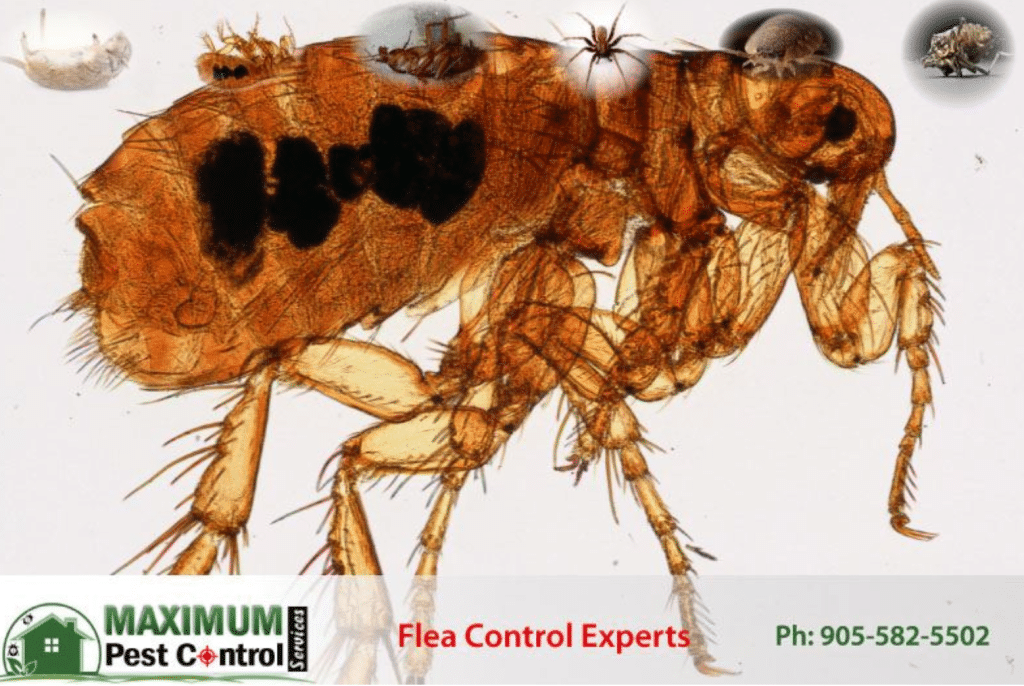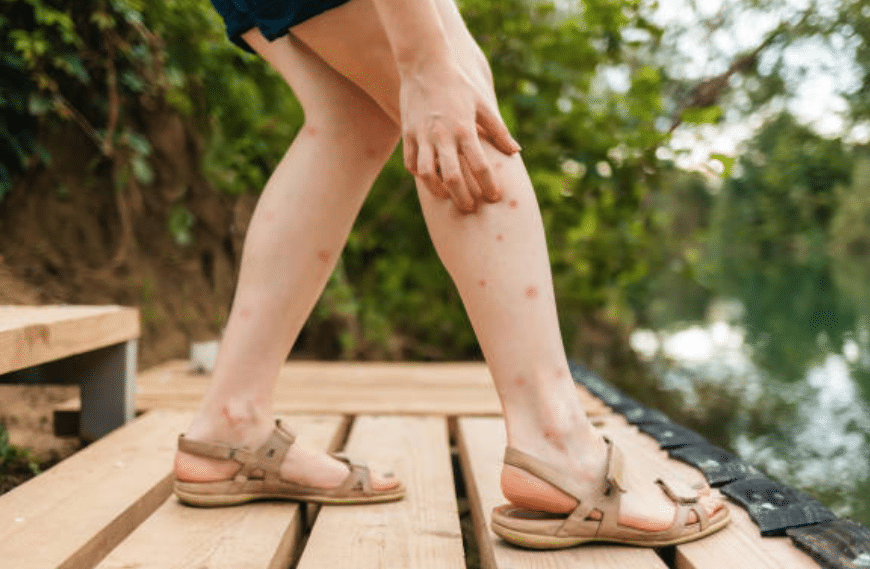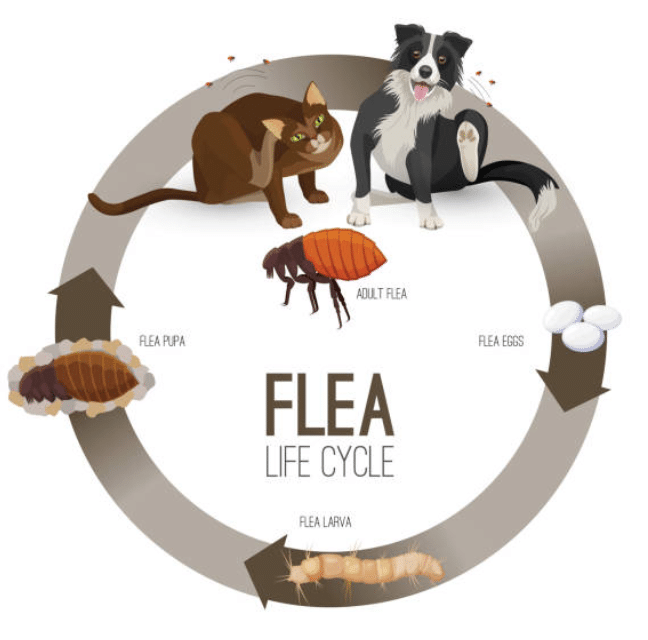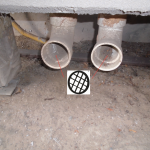What Causes Fleas To Invade?
Like crawling bedbugs, fleas are blood-sucking little devils that jump around. With more than 200 flea species worldwide, these wingless insects are increasingly becoming a nuisance. In fact, it is safe to say that all homeowners are at risk of dealing with a flea problem. Fleas are considered parasitic insects. That’s because, besides being a nuisance to humans and animals, they also transmit pathogens and cause allergic reactions to humans.
The most effective way to control fleas involves regularly treating your pets and the entire premises. However, your level of success typically depends on how the treatment is applied. That’s why property owners seek help from pest control Experts Company like Maximum Pest Control Services to get rid of fleas in homes and businesses throughout Oakville, Burlington, Hamilton, Milton, and Mississauga Ontario.
What Are Fleas? How to Identify Them
What do fleas look like? They are quite easy to identify — if the infestation is severe, you’ll often spot them on the bare parts of your dog’s belly, or sticking to the bottom of your white socks.
They are small, wingless critters with flattened bodies, often measuring 1-4mm long. They have a brown darkie or reddish-brown color. Though they can’t fly, these annoying pests are one of the best jumpers of all time. Their hind legs are long and well-adapted for jumping, with evidence showing that they can jump up to 20cm vertically and 40cm horizontally.
Are considered external parasites that live solely by hematophagy feeding on blood. While they prefer feeding on pets, can also feed on blood from other mammals, including humans and birds. The adults are known to feed ravenously, ingesting up to 15 times (15 microliters) their body weight in blood per day. On the other hand, immature (larvae) do not bite and instead feed on the organic debris left behind on the host’s skin.
Should I Be Worried About Them?
Often don’t feed on humans and are mostly considered a nuisance. However, they can and will bite humans in the absence of hairy warm-blooded animals like dogs, cats, raccoons, and opossums. This makes them potential vectors of diseases such as rickettsia typhi, murine typhus, bubonic plague, tularemia and other harmful illnesses.
In addition, when they bite, they inject saliva into the bloodstream, which can result in an allergic reddish reaction in some people. Fleabites often cause intense itchiness, swelling, redness, and pain/soreness.
These tiny insects are especially a serious nuisance for pet owners. They prefer to live on the fur of dogs and cats. If the infestation is severe, can even kill your dog/cat, but not before the pet undergoes severe suffering and detrimental illnesses.
Here Are The Dangers Fleas Pose To Your Pet:
Flea allergy dermatitis (FAD): Also referred to as flea bite sensitivity, FAD is an allergic reaction in dogs and cats that results from the injection of flea saliva as they feed on a host animal. Pets that are more sensitive to flea bites may develop an inflammatory reaction to the antigens, enzymes, and amino acids in flea saliva. Flea bites may also cause serious itching, red bumps, skin irritation, skin lesions, and secondary skin infections.
Hair Loss: On top of causing discomfort for your dog, these parasites can also cause it to lose hair. Pets often scratch themselves raw due to the itchiness caused by flea bites, consequently pulling out hair. Bald spots or hairless patches on your pet may be a potential sign of fleas.
Anaemia: Fleas are hematophagous insects, meaning that they live solely on blood. A severe flea infestation can result in your small dog or cat losing a lot of blood which can be detrimental. Can make the host animal fatally anaemic if left untreated.
Tapeworm Infection: Your dog or cat can become infected when they accidentally ingest an infected flea. Flea larvae usually feed on tapeworm eggs. The eggs hatch in the fleas’ bodies, making adult fleas carriers. A cat can swallow a flea infested with tapeworm while self-grooming. Once in your pet’s body, the tapeworm can mature and multiply.
What Causes Fleas?
Unfortunately, there are numerous ways for to get into your house. Here are the most common causes of fleas:
Your Pet: Pet owners know the possibility of a flea infestation. From other animals or an infested area can hop onto your dog’s fur, hitchhiking a ride into your home. Adult fleas prefer to hide and live on live animal hosts such as dogs and cats. However, they lay their eggs off the host, often in areas where your pet sleeps. You can spot these parasites around your pet’s neck, back, ears, and underbelly.
Other animals: Fleas are not particularly picky. They can attach themselves to furry animals, including rats, mice, raccoons, and opossums. An invasion by such infested animals can transmit fleas to your home or yard.
Your Yard: Fleas often live in places with humidity and shade, like tall grass, debris, and sand. Such areas provide the ideal conditions for the pests to develop fully through all three life cycles. If your pet always plays outdoors, fleas can hitch a ride on it. As you pass through the high grass, your heat and vibration can also attract fleas, potentially carrying them from the yard to your house.
How Can I Prevent a Flea Infestation?
The good news is that you can effectively reduce the chances of a flea infestation in multiple ways. Below are the best ways to stop fleas from coming into your home:
- Maintain an immaculately clean home, for instance, by regularly vacuuming furniture and steam-cleaning carpets. This helps kill fleas in all their stages, from egg to adult, reducing the risks of an infestation.
- Keep your pets indoors and regularly inspect them .
- Consider using products prescribed by your vet to treat pets in case of fleas attack.
- Maintain a clean yard by mowing, raking, and eliminating debris to keep away animals that carry fleas and reduce potential flea hiding spots.
- Try natural DIY flea control methods such as tea tree oil that can repel and kill fleas. You can use it as a spray to treat bedding, fabrics, and carpets.
- Thoroughly inspect and treat second-hand items before introducing them into your home.
Get Your Home Inspected and Treated by Maximum Pest Control Services
The most effective way to completely eradicate fleas in all their developmental stages is to call a professional flea control company. Maximum Pest Control Services certified and bonded technicians are certified to inspect your home and determine the level of the infestation. They will customize an effective treatment plan tailored to your specific needs.
How to get rid of fleas? Our effective and Eco-friendly pest control treatments guarantee to kill them in all their stages while reducing the chances of future re-infestations. If you need rapid assistance with control of fleas problems, contact Maximum Pest Control Services calling today (905) 582-5502 today or request a free quote for our flea control services visiting our contact us page on the website.







